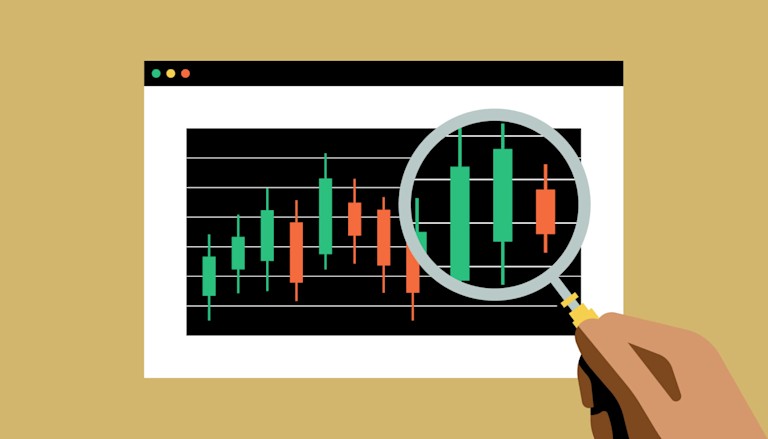
Understanding Crypto Trading Support Levels
Support levels are crucial concepts in crypto trading that every trader should understand. They represent price points where an asset tends to find buying interest as it decreases in price, creating a floor that can prevent further declines. To delve deeper into the intricacies of support levels and their impact on the trading strategy, Crypto Trading Support Levels click here.
What are Support Levels?
In the world of trading, support levels are considered pivotal because they indicate that demand is strong enough to prevent the price from falling further. Traders often observe these levels to make informed decisions about buying, selling, or holding assets. Generally, support levels are identified on charts as horizontal lines where the price bounces back upward after hitting this floor. Understanding these levels helps traders develop strategies that align with market movements.
The Importance of Support Levels in Crypto Trading
Support levels serve various important functions in the trading landscape. Here’s why they matter:
- Psychological Impact: Traders often set their buy orders around these levels based on historical price behaviors. This collective psychological tendency creates a self-fulfilling prophecy, where prices tend to rally once support is tested.
- Risk Management: Identifying support levels allows traders to set stop-loss orders effectively, mitigating potential losses. By recognizing where an asset is likely to bounce, traders can assure themselves they are trading within a safer range.
- Breakout Indicators: If the price does break through a support level, it often signifies a shift in market sentiment. This can be a precursor to further declines, prompting traders to react accordingly to limit risks.
Identifying Support Levels
Identifying support levels can be achieved through various methods, including:
- Historical Price Analysis: Reviewing past price action provides insights into where support levels lie. Traders often look for price points that have repeatedly prevented the asset from declining further.
- Trend Lines: By drawing trend lines along low points of prices, traders can visually identify potential support levels. A line connecting successive low points can give a clearer picture of where support may arise in the future.
- Moving Averages: These indicators smooth out price data and can act as dynamic support levels. Traders watch for price behaviors around moving averages, as the asset might find support at these levels.
- Fibonacci Retracement Levels: Based on the Fibonacci sequence, these levels identify potential reversals in price movements. Many traders utilize Fibonacci retracement to predict areas of support or resistance.
Strategies for Trading Around Support Levels
Once traders identify support levels, they can apply various strategies to enhance their trading efficacy:
1. Buying at Support

Many traders enter positions when the price approaches a known support level, anticipating that the price will reverse and head upward. This strategy leverages the historical tendency of assets to rebound at these levels.
2. Setting Stop-Loss Orders
To manage risk, traders often implement stop-loss orders just below support levels. Doing so protects against errant price movements that breach support and signals a potential trend reversal.
3. Combining with Other Indicators
Finding levels of confluence can enhance the effectiveness of trading strategies. For instance, if a support level coincides with significant moving averages or Fibonacci retracement levels, it strengthens the case for a price reversal at that support level.
4. Monitoring Volume
Volume analysis can be instrumental in determining the strength of a support level. A substantial increase in trading volume at support might indicate that the level will hold, while a lack of volume could foreshadow a breakdown.
The Risks of Trading Support Levels
Despite their utility, trading based solely on support levels comes with inherent risks. Markets can be unpredictable, and support levels may fail. It’s vital to integrate sound risk management strategies, diversify trading approaches, and constantly adapt to changing market conditions.
Conclusion
Understanding crypto trading support levels is vital for both novice and experienced traders alike. These levels serve as benchmarks for trading decisions and risk management strategies. As the crypto market continues to evolve, maintaining a disciplined approach and utilizing various analytical methods will enable traders to navigate these waters more successfully.
By integrating a solid understanding of support levels into your trading strategy, you position yourself to better anticipate market movements and optimize your trading outcomes.
Add Comment
Only active ALBATROSS Racing Club members can post comments